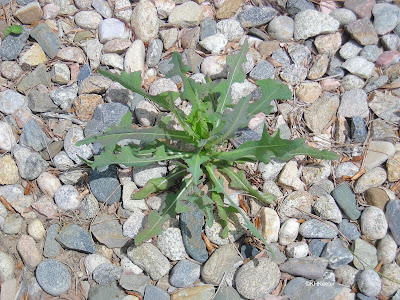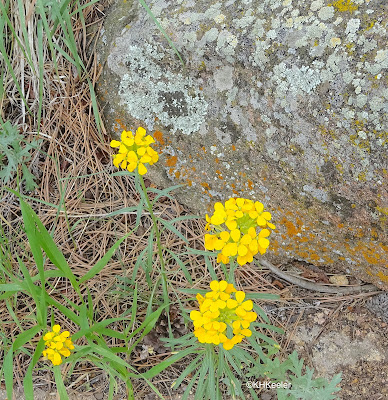It is one of the wonders of the world. A water-lily with leaves 8' in diameter and beautiful fragrant flowers nearly 12" across. It would have been famous in any event, but it was discovered for England in 1836 in British Guiana by Robert Schomburgk, just as Queen Victoria was about to become Queen of England. Members of the British botanical and geographical communities, individually and collectively, dedicated it to Queen Victoria. So they named it Victoria regia in her honor. (Not without controversy, see Flower of Empire for a detailed story).
 |
| Victoria water-lilies on the upper Amazon in Peru |
Today you can see it growing in many botanic gardens or buy seeds if you want to try for yourself. Today it is called Victoria amazonica, with two other species in the genus, the largest described in July 2022. I'll explain all that. But when I saw the plant in Amazonian Peru, I was struck by its botany, not its name or history. So this became a two-part blog, one on the finding and naming of it, and the other on it as a plant (botany).




